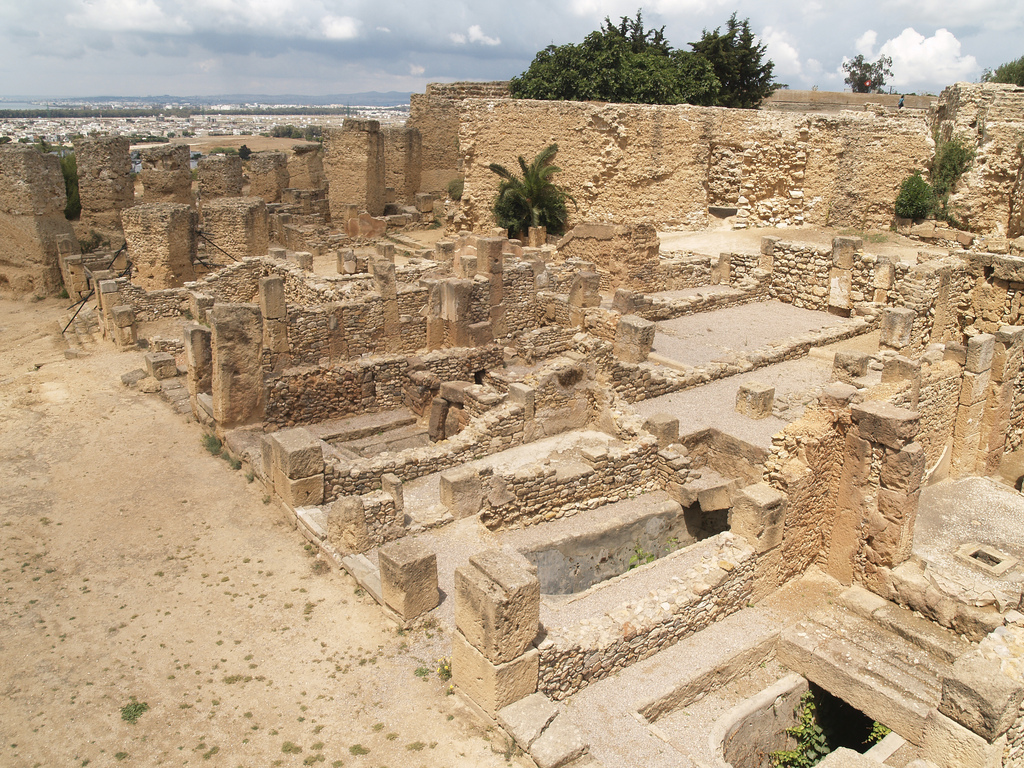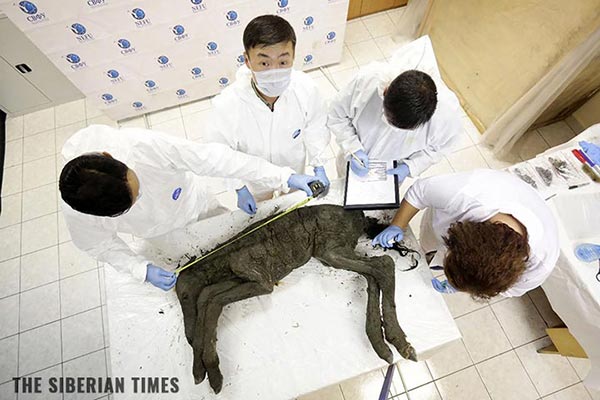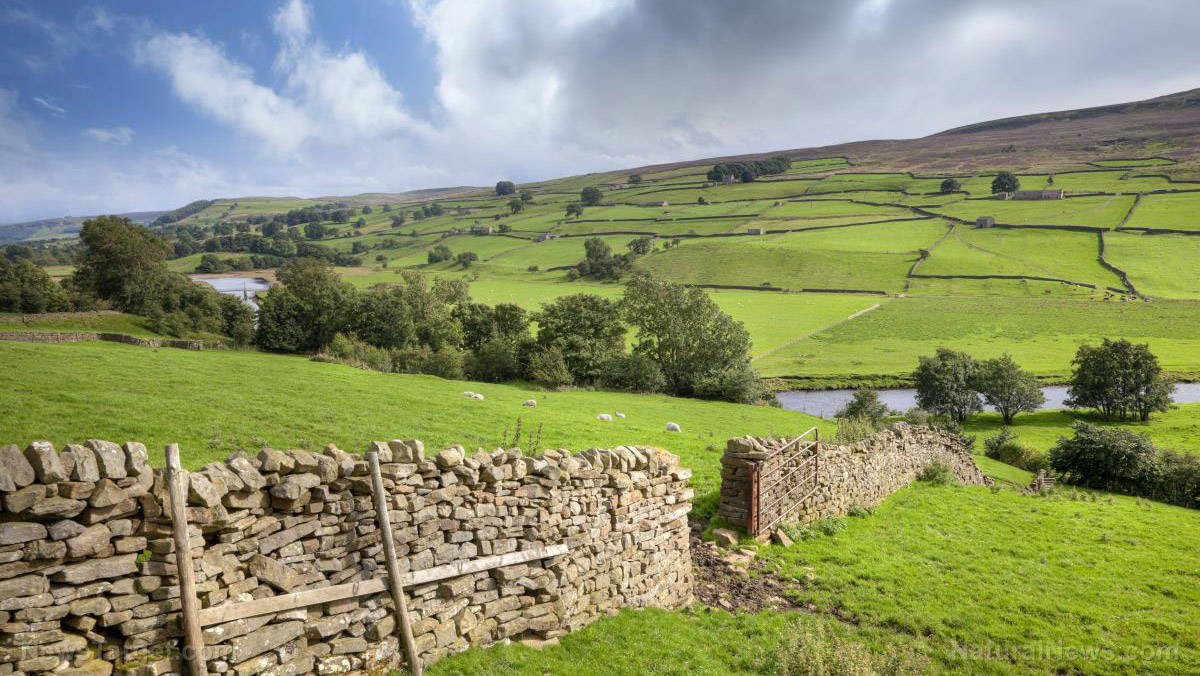Couple finds massive mammoth tooth beside a broken pot in the garden of their new cottage in the UK
03/06/2020 / By Arsenio Toledo

A retired couple in the British county of Devon, located in southwestern England, have accidentally discovered an enormous mammoth tooth right next to a broken plant pot in their garden.
The tooth, which was identified as a molar, weighed 12 lbs and was 15 inches long. It was found by Stephen and Stella Huyshe-Shires in November of 2018 when they moved into their new retirement cottage in Sidbury in rural East Devon. However, they failed to inform paleontologists about the tooth for months because they were unaware of its true origin.
They only found out the truth about their garden relic when they visited the museum in Sidmouth, a larger coastal town just south of Sidbury which is known for hosting a large part of the Jurassic Coast, a UNESCO World Heritage Site known for its geological history and richness in fossil artifacts. In the museum, Stephen and Stella attended a lecture and saw a mammoth tooth in one of the slides that they thought looked very similar to the weird object in their backyard.
Mrs. Huyshe-Shires thought at first that the tooth looked like a broken ornament upon her first inspection, and didn’t bother to give it much thought afterward.
“We have one of those,” said Stephen to his wife when they saw the slide that featured a mammoth tooth.
“What we didn’t have was a sense of scale,” he said. “From that slide, we had no idea how big it was.”
Experts: Huyshe-Shires mammoth tooth “one of the largest” ever found
A mammoth expert who works for the Natural History Museum said that the Huyshe-Shires mammoth tooth is close to being the largest tooth they’ve ever found, which weighs in at 18 lbs. (Related: Jaws on the beachfront: North Carolina man finds palm-sized MEGALODON tooth buried on the shore.)
“This is a lower last (back) molar of a woolly mammoth, and the back ones were the biggest,” Adrian Lister, a paleobiologist and research leader in paleontology in the Natural History Museum’s Department of Earth Sciences and professor of Genetics, Evolution and Environment in the University College London, said. “Similar teeth in our collection weigh between three to seven kg (6.6 to 15.5 lbs). The largest I could find is one collected in Shepperton (Surrey) in 1954 that weighs nearly 8 kg (17.6 lbs). However, the molar found in Sibdury had already worn down somewhat through feeding in life, so it would likely have weighed more (perhaps up to 15.3 lbs) originally.”
Colin Boynton, the Sidmouth Museum’s assistant geologist curator, said that several other teeth have been found in Sidmouth, usually by washing up on the beach or being trawled up by fishermen. However, the Huyshe-Shires tooth is the largest one by far in their collection.
“Mammoths go through six sets of teeth,” said Boynton, referring to the newly-discovered tooth, “so five changes during their lifetime and as they grind down, the new one is growing and pushing the other one out until it drops out. Each tooth is larger than the previous one, so this has to be the last one due to the weight.”
However, one mystery still remains: How was the mammoth tooth originally discovered?
Ann Tanner, another employee of the Sidmouth museum, is attempting to piece this mystery together. She hopes that anyone who either lived in or carried out work at the Huyshe-Shires property can help the museum shed light on when and where the mammoth tooth was discovered. This will help the museum and researchers alike build a more concrete picture of mammoth activities in the area.
Mr. Huyshe-Shires told reporters that the tooth, according to the person they bought the cottage from, had always been in the garden and that it’s possible that the tooth had been dug up and was simply left there.
Regardless of origin, the couple are very happy with their discovery. “It’s a super find and the most fitting place for it was in the local museum,” said Mr. Huyshe-Shires.
Sources include:
Tagged Under: ancient history, artifacts, discovery, extinction, fossils, mammoth, mammoth tooth, paleontology, prehistoric animals, weird science, woolly mammoth
RECENT NEWS & ARTICLES
COPYRIGHT © 2017 ARTIFACTS NEWS


















